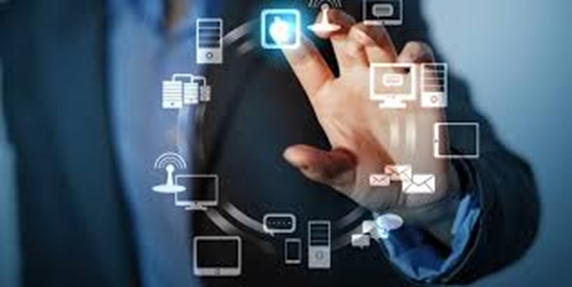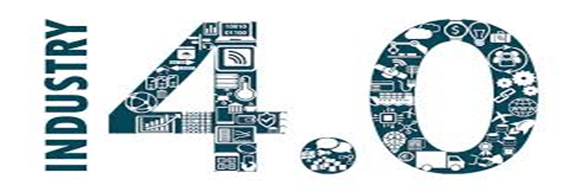Introduction
Governments will increasingly face pressure from their citizens to change their current approach to public engagement and policy-making, as their central role of conducting policy diminishes owing to new sources of competition and the redistribution and decentralization of power that new technologies make possible. As the physical, digital, and biological worlds continue to converge, new technologies and platforms are increasingly enabling citizens globally to engage with their governments, voice-out their opinions, coordinate their efforts, and even circumvent the supervision of public authorities.
Ultimately, the ability of government and public entities to adapt to I.R 4.0 will determine their success or survival. If they prove successful or capable of embracing this disruptive change, subjecting their structures and systems to new levels of transparency and efficiency that will enable them to maintain or improve their competitive edge, they will survive. If they don’t evolve, they will continue to face increasing trouble.
Adapt or fail
Given the I.R 4.0’s rapid pace of change and broad impact, legislators and regulators are being challenged to an unprecedented level and for the most part are proving unable to cope. This means legislators and regulators must continuously adapt to a new, fast-changing environment, reinventing themselves so they can truly understand what they are regulating. To do so, governments and regulatory agencies will need to collaborate closely with business and civil society. I.R 4.0 will also profoundly impact the nature of national and international security, affecting both the probability and the nature of conflict. The distinction between war and peace, combatant and non-combatant, and even violence and nonviolence (think cyber-warfare) has become uncomfortably blurry. As this process takes place and new technologies such as biological weapons become easier to attain and use. Such a new vulnerability will lead to new fears. However, the same advances in technology will create the potential to reduce the scale or impact of violence, through the development of new modes of protection i.e. greater precision in targeting. For example; An example of success is Estonia, who has digitally transformed their services to citizens (PBS News Hour, 2018), View video here
References
PBS News Hour, 2018, “How Estonia built a Digital first Government” Accessed here on 17 Feb 2018 : https://www.youtube.com/watch?v=kHiq5UfxePA&list=PLcjixfX8NwuS4PWO0ToHjy9DIrICW_Iwl&index=3

